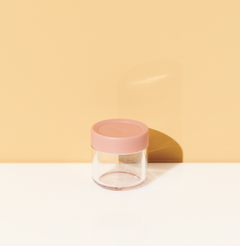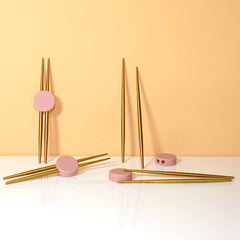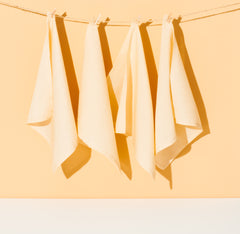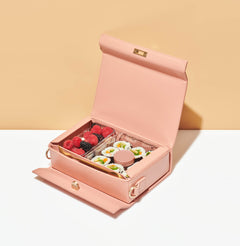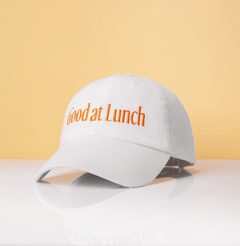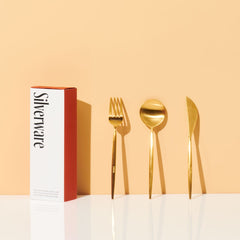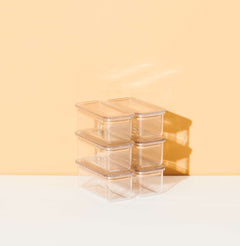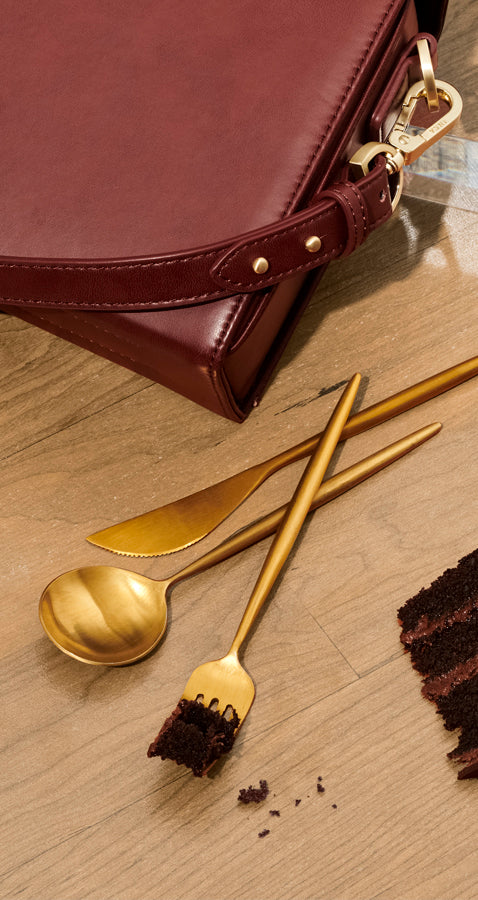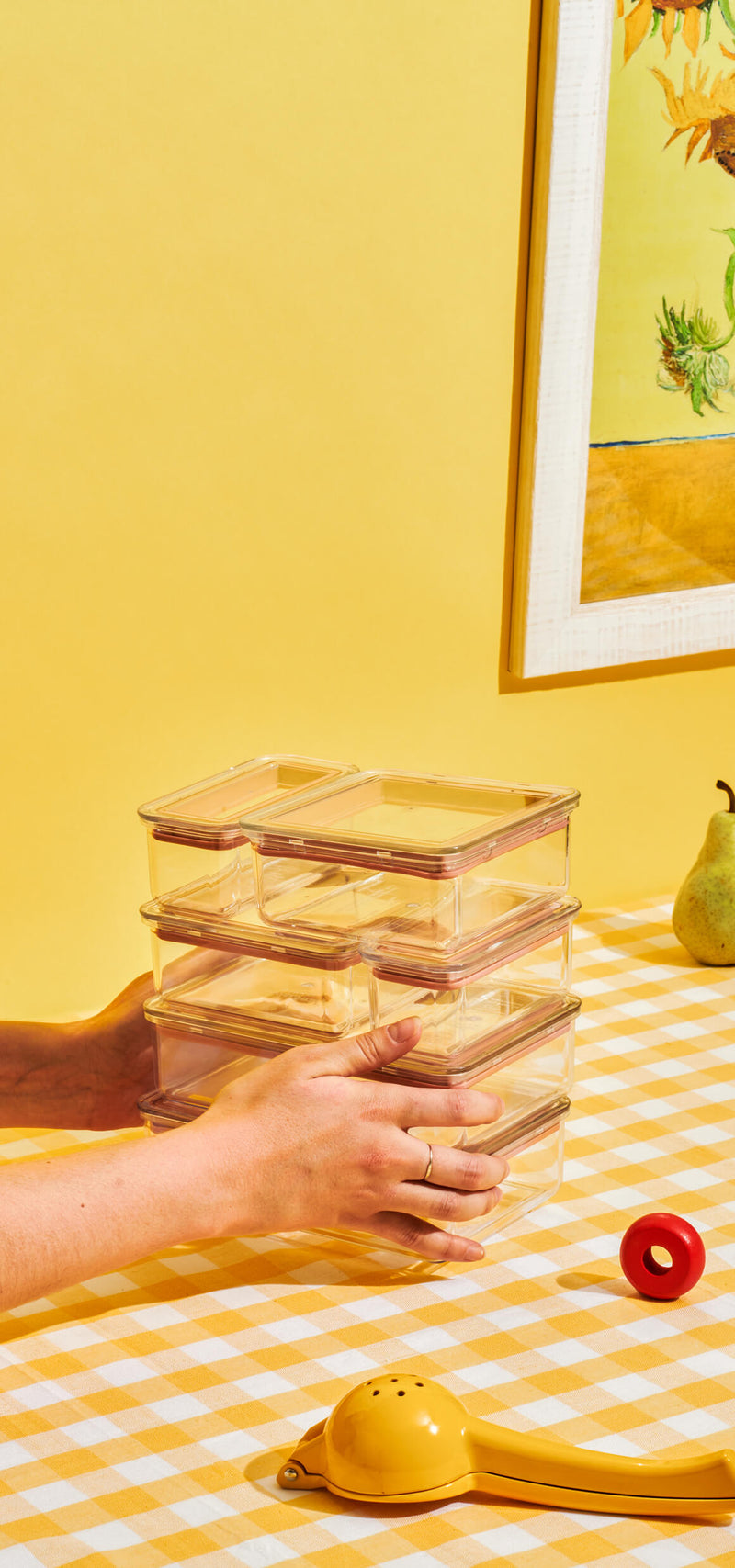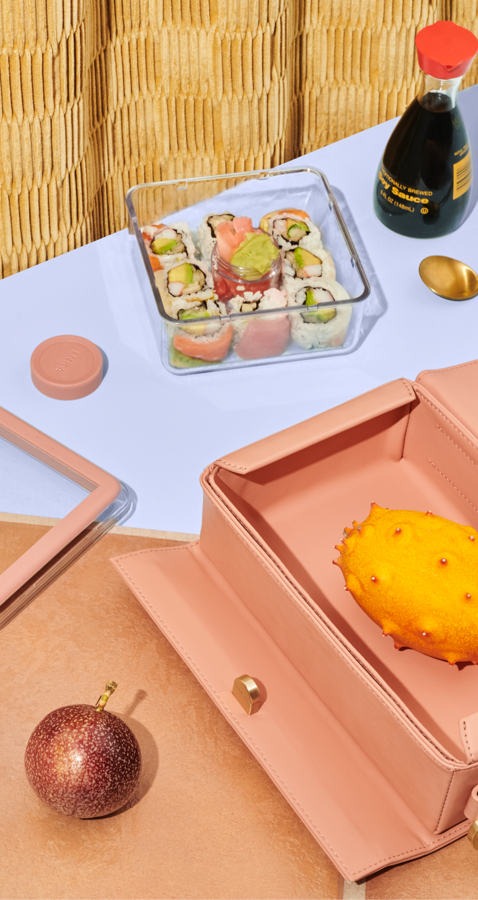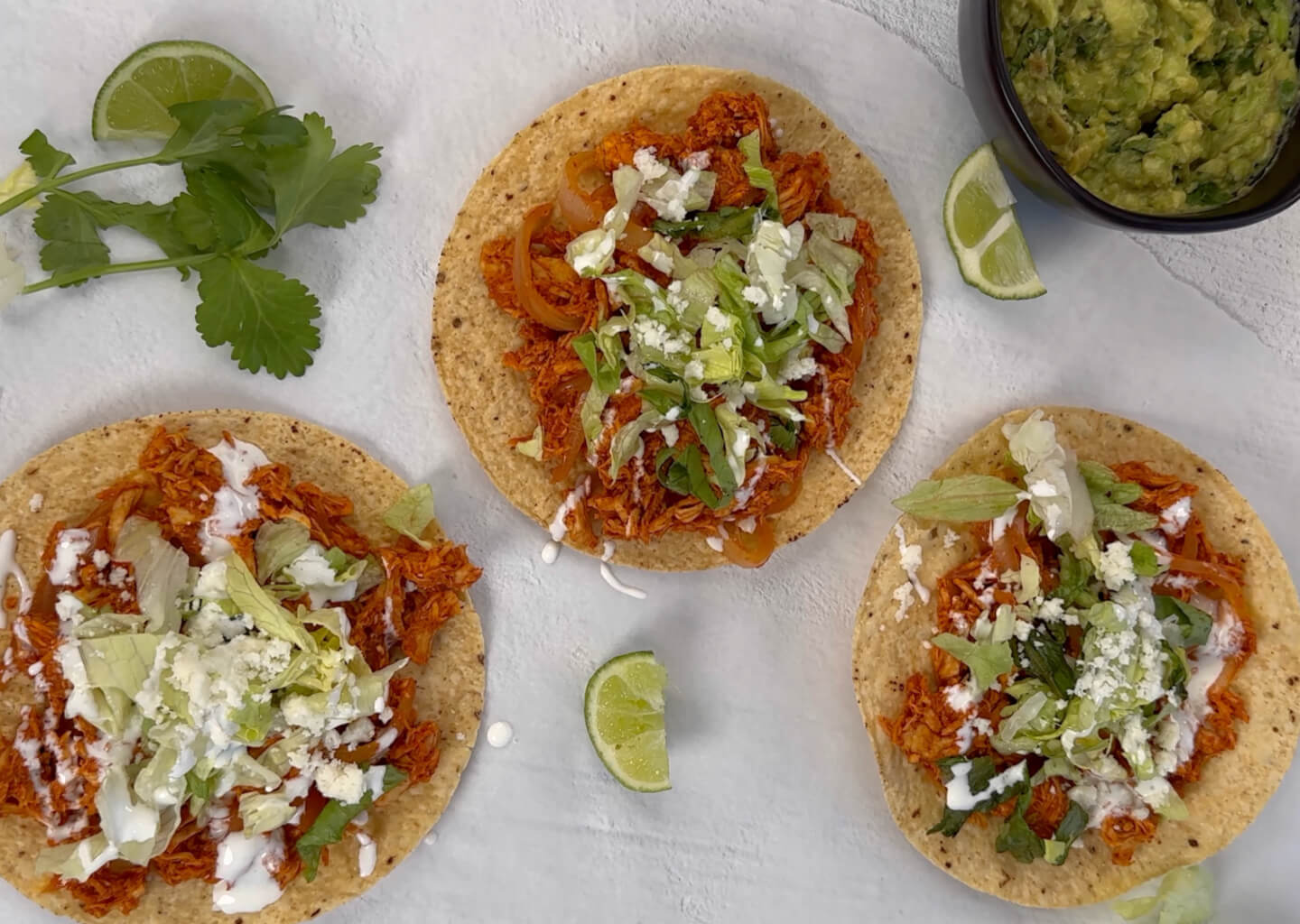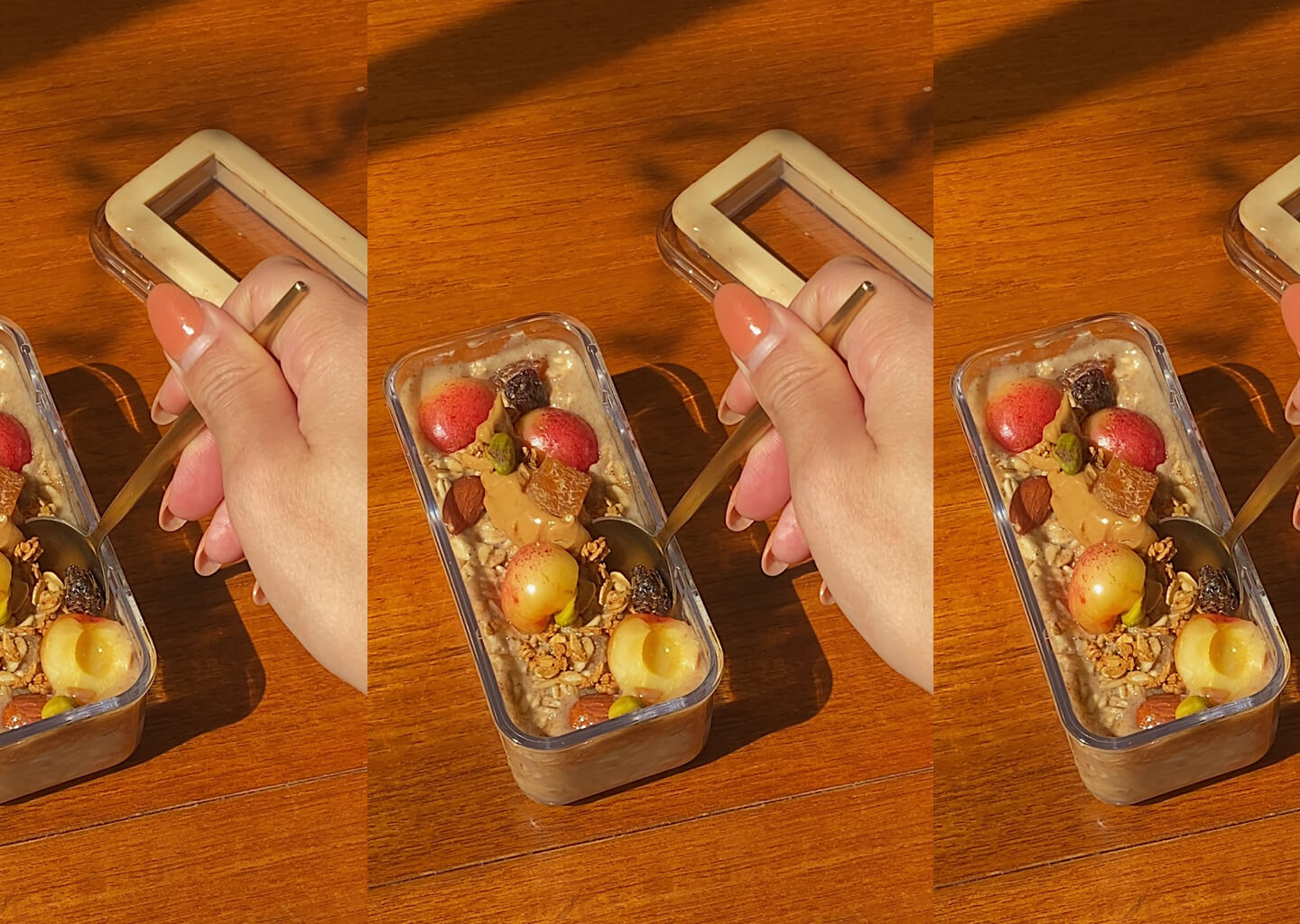Once a standard way of life, foraging has enjoyed a renaissance in recent years. It can seem intimidating at first, but all it really involves is sourcing food from the wild. Here’s what you need to know before your first forage:

Step 1. Check local foraging laws & make a plan
Foraging is legal on public land, but it never hurts to check with an official or online before you go to avoid any penalties. Once you’ve established where it is you can forage, make a game plan with the help of Google or a local expert – you’ll want to know where and what to look for.

Step 2. Find someone to go with
Whether you’re a first time forager or a veteran, strength in numbers is key when going up against Mother Nature. That, and most foraging happens off the beaten path – you’ll want someone there if you roll an ankle. We recommend joining a foraging club or finding an experienced guide.

Step 3. Arm yourself with plant knowledge
While you should always surround yourself with knowledgeable people, make sure you’ve done your own background research. Always travel with a field guide or identification book for those doubtful finds. And never touch or taste something until you’ve identified it with near 100% confidence. Every location has different fauna, look-a-likes, and seasonal patterns, so the more you know about your local environment, the safer and more satisfied you’ll be!

Step 4. Get the gear
To find the good stuff, you’ve got to go off the beaten track – so be prepared by wearing hiking boots, long pants, a hat, and a raincoat if necessary. Don’t forget a basket, paper bags, or our Food Containers to store and separate your foraged finds. A pocket knife or scissors for harvesting is also a must.

Step 5. Forage responsibly
While foraging is worlds more sustainable than the supermarket, there are still best practices to follow for minimizing your footprint. Rule 1: don’t over forage. Take only enough so that you don’t threaten the survival of the plant. Rule 2: leave the bottom behind. When you pull a plant out from its roots, you kill the plant. If you have the choice, harvest only what you can see so that the plant has a chance to recover. For more sustainable practices, scroll down for our resources.

Step 6. Keep a journal
If you’re really serious about foraging and improving your practice, we highly recommend keeping a journal. Document where you’re finding your goods, if you saw any look-a-likes, and any seasonal patterns, etc.

Step 7. Bring water and snacks
Contrary to what you see in the movies, you most likely won’t happen upon a field of edible plants or mushrooms within the first 30 minutes of your forage. It might be a whole day affair depending on the season and location. Come prepared with plenty of water and snacks packed in leakproof containers like ours.

Step 8. Preparation
As tempting as it can be to dip into your finds right away, make sure you’re familiar with cooking instructions before eating. There are some plants that are classified as edible, but only when cooked a certain way. Rhubarb, for example, is considered poisonous raw. Mushrooms are another foraged good that should rarely be consumed before cooking.
Resources
People to follow:
- @blackforager for tips and foraging knowledge
- @chefdanbarber for farming and foraging education
- @the_c_u_r_b (Collaborative Urban Resilience Banquet) for urban foraging education and upcoming events
- @bjournei for nutritional advice when foraging
Things to watch and read:
- 6 Ways Mushrooms Can Save the World (Ted Talk)
- The Gleaners and I (film) by Agnes Varda
- The Mushroom at the end of the world (book) by Anna Tsing
Places to eat:
- Honeybadger in Brooklyn, NY, where they cook with foraged ingredients
Field guides and cookbooks:
- The Forager’s Harvest by Samuel Thayer
- Edible Wild Plants: A North American Field Guide to Over 200 Natural Foods by Thomas Elias and Peter Kykeman
- The New Wildcrafted Cuisine: Exploring the Exotic Gastronomy of Local Terroir by Pascal Baudar
- Foraging & Feasting: A Field Guide and Wild Food Cookbook by Dina Falconi
